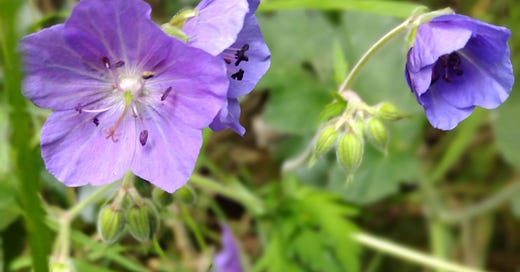Dear reader and flower friend,
Happy Friday - and how the devil are you today? Are you busy? resting? I wonder how you fill your days. Me, I think about plants, and since we started this correspondence my main theme has been connection to nature - a huge part of my life which underpins everything, in the truest sense of the word. It supports me, holds me up, and prevents collapse! But today I’m thinking about the world of paper flowers, where my art meets crafts meets flowers and basically exists because of and for nature. So let me give you an insight into my world…
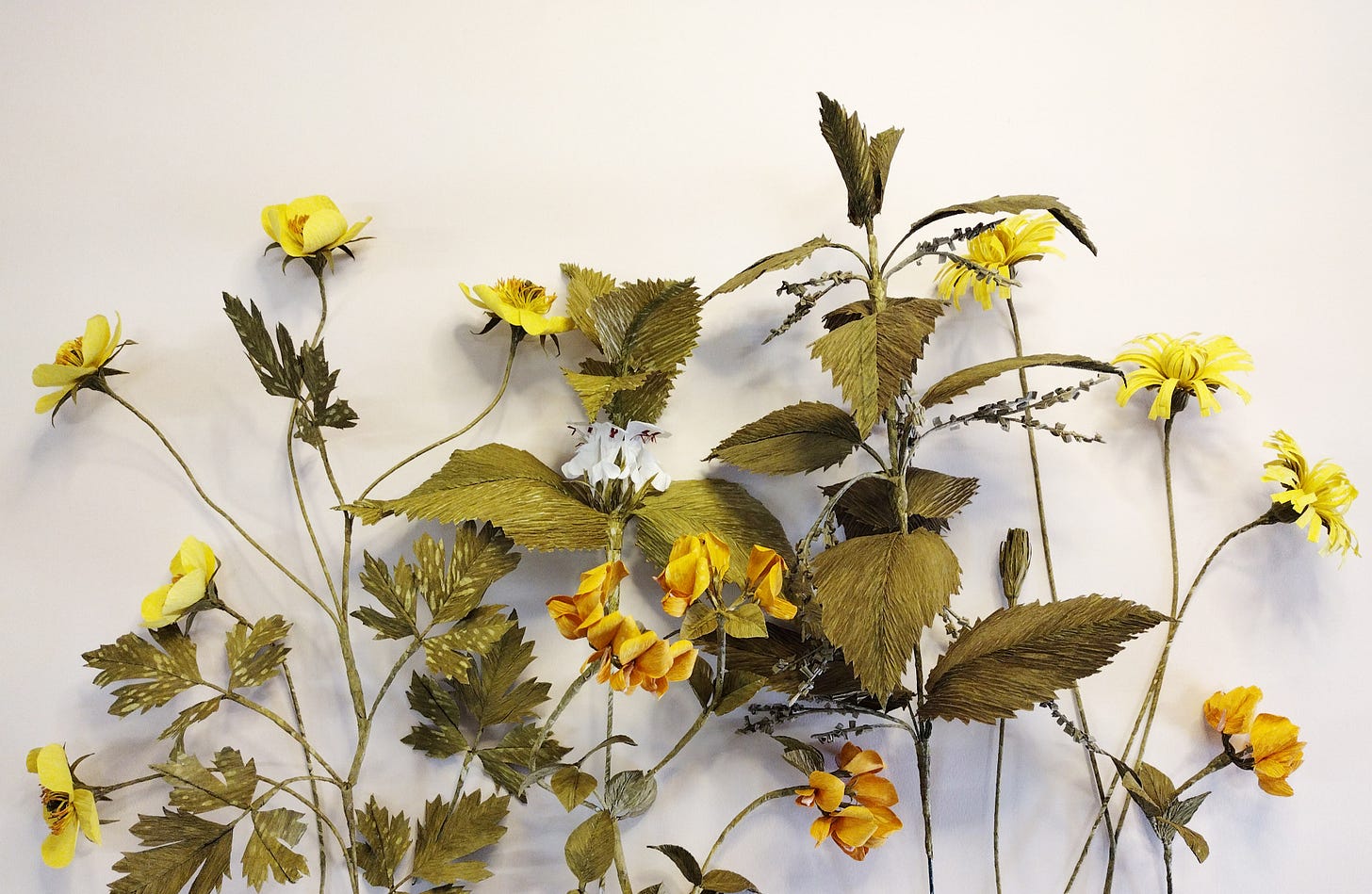
Creatively, this has been a week of crazy extremes. Monday saw me in a local sports college, delivering five sessions back to back to groups of children aged 11 to 18 - what a challenge. The theme for the day: ‘Trees and Seas’. My brief initially was to make leaves (difficulty rating: 1), detoured via Gorse and Agapanthus (difficulty rating: 11!) and eventually landed at ‘a simple wildflower’. I chose Red Campion as a woodland flower and White Campion as a coastal alternative - think Sea Campion. Over the past 12 months much of my time has been spent considering ways of creating simple paper wildflowers, many different types - including the Cranesbill (top). I’m pleased to report success in reducing Campion to just three component parts plus stem, and I find great satisfaction in creating these versions which are simple and quick to make - as did the school children on Monday. Difficulty rating - 2? It was hot, chaotic, rained heavily and I was served rather nice fish and chips for lunch in the relative peace of the staff room. I met at least 125 children and 16 teachers - we made alot of flowers!
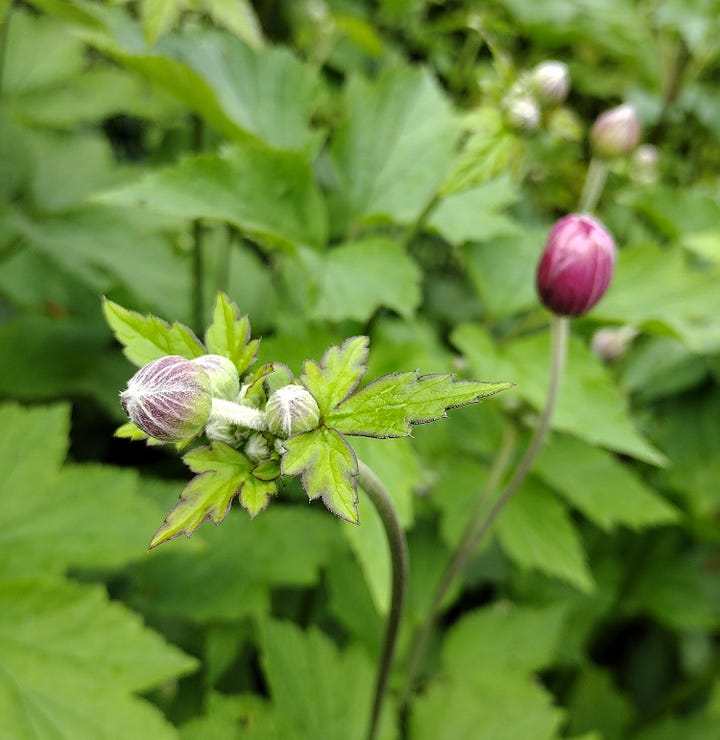

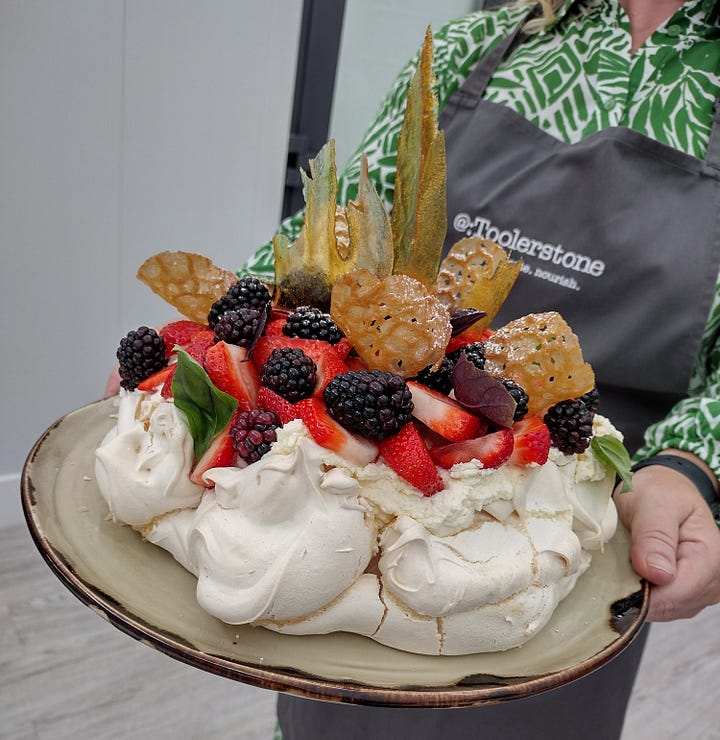
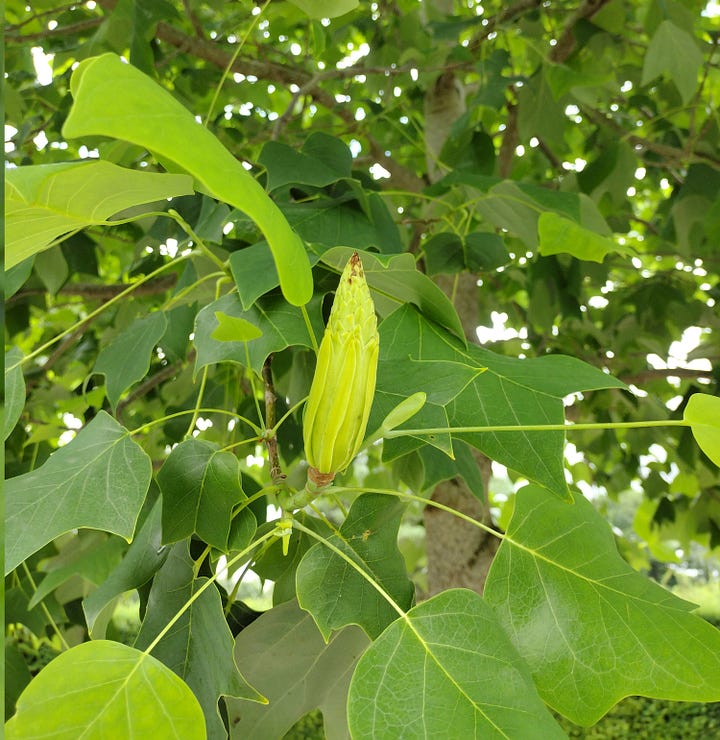
Tuesday’s stop was Toolerstone, a beautiful, rambling old house set in stunning gardens - and the Cheshire countryside. The workshop took place in a purpose built glass conservatory, with bespoke sunshades, air conditioning, everything a creative tutor could ask for - space, light, sinks, individual bins, lovely embroidered aprons, several refreshment breaks including lunch with THAT pavlova, sherry at 11am (a Toolerstone tradition, it seems!), salad plucked fresh from the gardens - oh it was very heaven on earth! I taught a group of ten to make the Poppies, Buttercups and OxEye Daisies. We had a tour of the gardens, just managing to avoid the thunder storm, and every one went away happy, both satiated and satisfied.
How do I chose? Which day did I enjoy most? I clearly enjoy the extremes, both days were immensely satisfying in different ways. The only downside was - the buds on the Tulip Tree were a few days away from flower. The flowers are the most amazing shades of orange, green and yellow - the tree has to be several decades old before it flowers, and I think this may have been the first time for this one. A very special place. And as downsides go, that one’s pretty good!
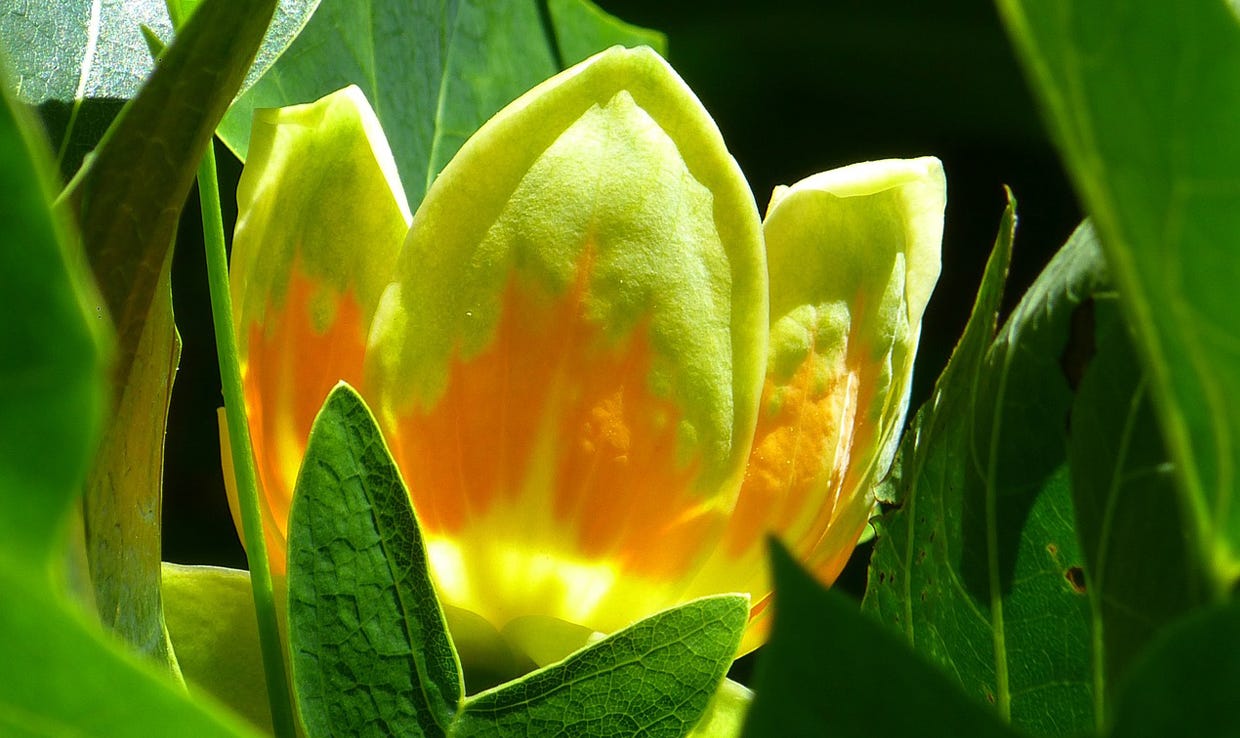
Wednesday - it had been a while since I’d walked my beloved tip path so on Wednesday morning I decided to take it slow, and do a flower count on my way round. I was so engrossed in the flowers I jumped when a man came up behind me and asked what I was doing. He got it right though - he suspected I was identifying wildflowers. We chatted about the umbellifers - he thought it was Giant Hogweed (everyone is always onto Giant Hogweed, aren’t they, and there’s not much of it around, plus it’s very easy to identify!). I explained that it was in fact Hemlock, very nasty, steer clear, and that lovely one over there with the bonking beetles on it was the Hogweed, and after telling me how much he enjoyed our conversation he went merrily on his way.



The count yielded 80 different types of flowering plants, sedges, reeds and grasses. Most of them were familiar and my books helped to identify Wood Woundwort. I was delighted to find the Meadow Cranesbill had finally flowered and had to stop and say hello. Yes, dear reader, I dawdled, taking lots of pictures of textures, leaves and shapes, and stopping to check that the Bindweed was winding itself anticlockwise around the Hogweed - it was, all is well.
Back in the studio, having pored over pages of mints, nettles, and archangels, I decided to get to work. I’d been considering White Dead-Nettle (lamium album) for a while - perhaps I was prompted by stories of centipedes and fairies hiding their shoes in the flowers. Check it out - turn it upside down and it’s true, you’ll see two little pairs of shoes hidden under the petal in all of them! Of course, this is really the anther, covered in red pollen, but after stories like that, how could I resist. Plus, they are beautiful, those luminous white pearls of the flower circling the stem so voluptuously, nestled in the lush verdure of the leaves. What do you think of my attempt? Even if you can’t see them, rest assured the centipede’s shows are there!



Yesterday I spent longer than most would consider sensible making a reel, trying something different and promoting another series of children’s workshops I’m running at the Lady lever Gallery, Port Sunlight over the holidays. You can see it here, the colours are wild!
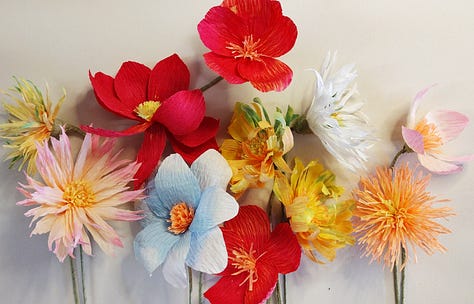
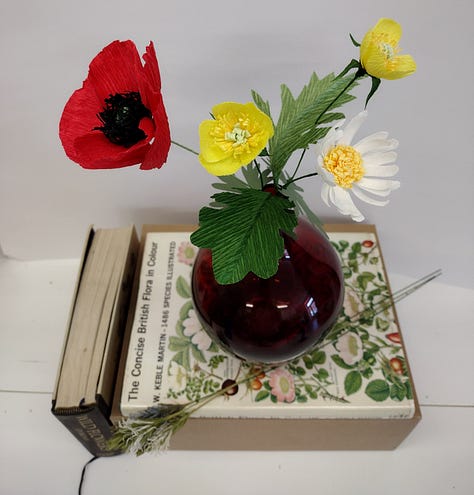
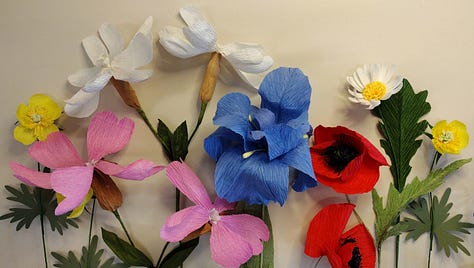
And… now it’s Friday and the week is almost over. I wish you a happy weekend, flower friend, and thanks for reading. As an artist, I spend a lot of time on my own, in my studio, listening, thinking, making. Making this connection is very meaningful to me so - thank you for being here, on the other side of the screen, behind my keyboard.
Until next time, Ling
“Earth laughs in flowers” is taken from Ralph Waldo Emerson’s poem Hamatreya:
Hear what the Earth say…. Mine, not yours. Earth endures; Stars abide
Flowers are the earth's laughter at the arrogance of human beings who believe they can rule the earth, although they themselves are transient and must return to it.
They called me theirs, Who so controlled me; Yet every one Wished to stay, and is gone, How am I theirs, If they cannot hold me, But I hold them?


